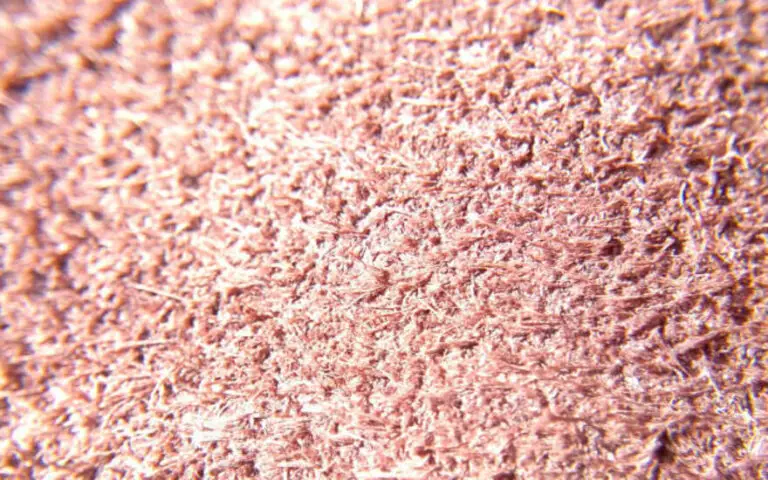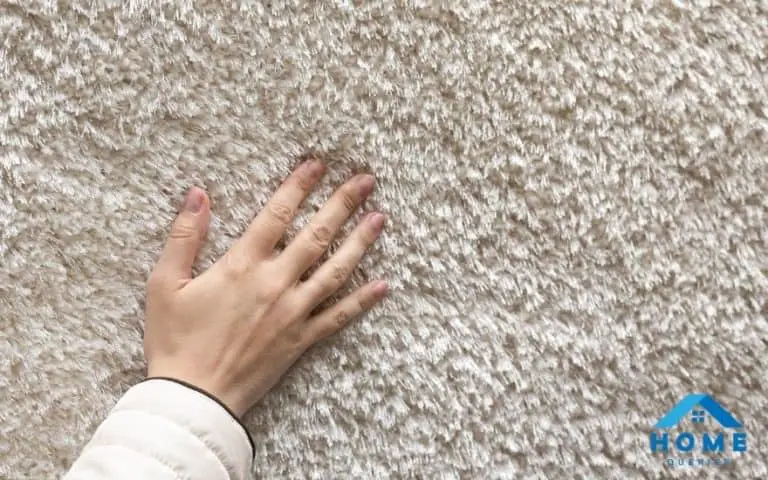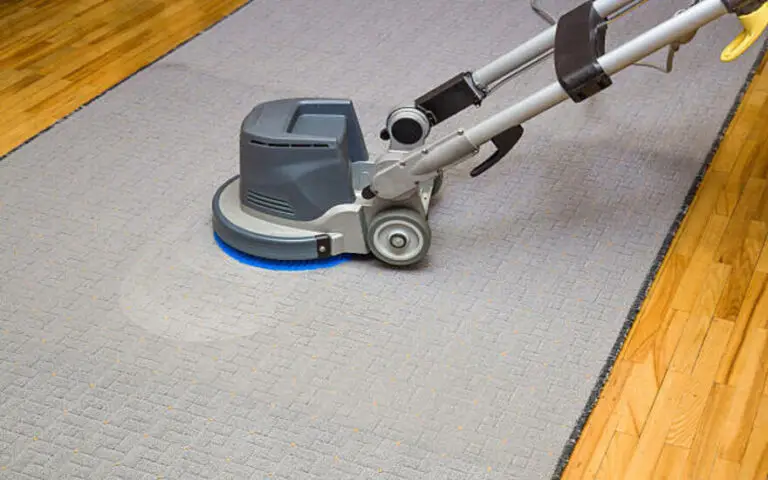Whether replacing old, worn-out carpets or just looking to freshen up your living space, you may wonder how long it takes for your new rug to dry. Well, the answer isn’t as simple as you think. In this blog post, I’ll discuss the factors that can affect drying time and what you can do to speed up the process.
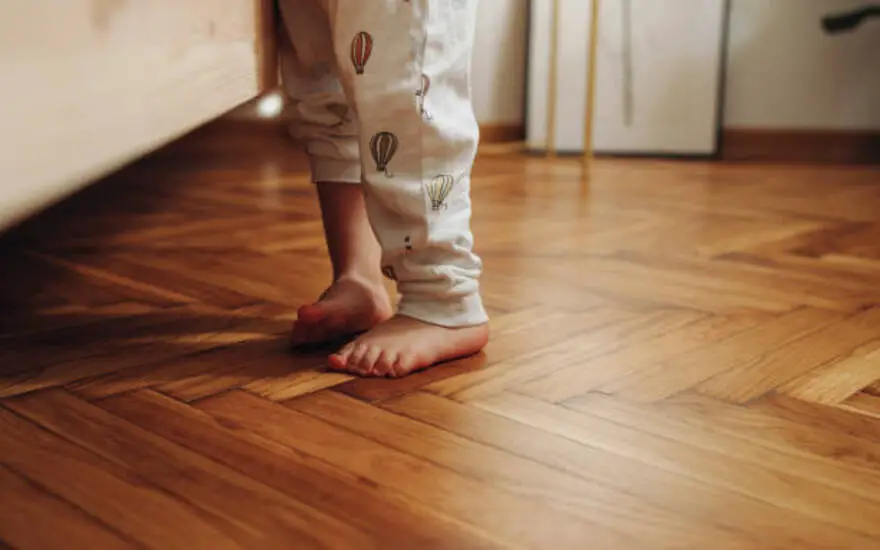
How Long Does Carpet Take To Dry
Carpet drying time can vary depending on a variety of factors. Generally, carpets cleaned with steam can take 12 to 24 hours to dry completely. Carpet dry cleaning will take anywhere from two to four hours. It is important to note that the type of carpet, thickness, and cleaner used can all affect the drying time.
For instance, a polyester carpet may take around 6 hours to dry, while a wool carpet might take much longer. Additionally, temperature, humidity, and airflow also impact the drying time of your carpets. Properly assessing these factors can help you determine how long it will take for your carpets to dry after cleaning.
11 Factors that Affect Drying Time
When drying your carpets, several factors can affect the time it takes. Temperature, humidity, airflow, the type of material of your carpet, the thickness of your carpet, the cleaner used, and the type of drying method all play a role in how long it will take for your carpets to dry after cleaning.
Higher temperatures and lower humidity can help carpets dry faster, while thicker mats and synthetic materials take longer to dry. The type of cleaner used can also influence drying time, as some cleaners leave behind a residue that takes longer to evaporate. Lastly, using a combination of air drying and carpet dryers or dehumidifiers can help speed up the drying process.
1. Temperature
Temperature is essential in determining how long it takes for a carpet to dry. Warmer temperatures help the drying process, while cooler temperatures slow it down. If the temperature is too low, the water won’t evaporate properly, and it could take even longer for your carpet to dry.
If the rug is left exposed to the sun, the heat from the sun can help speed up the drying process. It is essential to keep your home at a comfortable temperature while the carpet is drying to ensure that it dries completely and efficiently.
2. Humidity
Humidity can have a significant impact on the drying time of your carpet. When the air inside or outside your home or business is humid, it is more difficult for the water in your carpeting to evaporate.
This can increase the drying time for any carpet and extend it to 24 hours or more, depending on the type and condition. To help speed up the process, you should try to reduce the humidity in your home by using a dehumidifier or other methods, such as opening windows and doors to allow air circulation.
3. Airflow
Airflow plays an essential role in how quickly carpets dry after being cleaned. The more air available to circulate in the space, the faster carpets will dry. Good air circulation is essential for steam-cleaned carpets, which can take up to 24 hours to dry completely. Fans and open windows can increase airflow and help speed up drying. It’s also a good idea to avoid placing furniture on top of wet carpeting, as this can block the airflow and prevent the carpet from drying efficiently.
4. Material Type
The material used plays an important role in determining how long a carpet takes to dry. Natural materials like wool take longer to dry than synthetic materials like nylon and polyester. Depending on the type of material, the drying time can range from 6 to 24 hours.
For example, a polyester carpet could dry in as little as 6 hours after steam cleaning, while a wool carpet might need anywhere between 8 and 24 hours. It’s essential to remember this when considering your carpet’s overall drying time.
5. Carpet Thickness
Carpet thickness is an essential factor when it comes to drying time. Thicker carpets will take longer to dry, while thinner carpets will dry much faster. It is necessary to keep this in mind when selecting a carpet cleaner and drying method, as some ways may take longer based on the thickness of the carpet.
Additionally, if you use a steam cleaner, the water used can also influence the drying time. If too much water is used, the rug will take much longer to dry properly.
6. Cleaner Used
When it comes to carpet cleaning, the type of cleaner used can also affect how long it takes for your carpets to dry. Many commercial-grade cleaning solutions contain chemicals that can be harsh on rugs, leading to long drying times. On the other hand, eco-friendly cleaning solutions are gentler on mats and may require less drying time.
It’s essential to choose a cleaner that is designed for use on your specific type of carpet. Additionally, professional steam cleaners are often more effective at removing dirt and debris than traditional cleaners requiring less drying time.
7. Type of Drying Method
When it comes to the type of drying method used, there are a few different options. The most common way is hot water extraction, which involves using a machine to apply hot water and detergent to the carpet, then suctioning out the dirt and moisture. This is usually the fastest method, as it can dry carpets in under four hours.
There are also air drying and carpet dryers that use heated air to dry carpets more quickly. Finally, dehumidifiers can be used to reduce humidity in the air, which can speed up the drying process. Ultimately, the drying method will depend on the size and type of cleaned carpet.
8. Methods for Drying Carpet
When it comes to drying carpets, there are several methods you can use. Air drying is the most common method and takes the longest time, between 24 and 72 hours. Steam cleaning carpets dry in 8-24 hours, while professional hot water extraction carpets can be dry in under four hours.
Additionally, you can use carpet dryers, dehumidifiers, or both to speed up the drying time. Ultimately, the time it takes to dry your carpet depends on various factors such as temperature, humidity, airflow, material type, thickness, and the cleaner used. With so many variables at play, it’s best to consult a professional for drying your carpets.
9. Air Drying
Air drying is probably the most common way to dry a carpet, usually done after a shampoo or steam cleaning. After the cleaning, the rug should be allowed to air dry for 12-24 hours, depending on the temperature and humidity in the area.
Plastic furniture may take slightly longer for the carpet to dry completely. If you have good airflow in the room, this can help speed up the process. Air drying is an effective way to dry your carpet, but it can take some time.
10. Carpet Dryers
Carpet dryers are a great way to speed up the drying process of your carpets. They work by blowing hot air onto the carpet, which helps to accelerate the evaporation process. By using a carpet dryer, you can reduce the drying time by up to 50%, depending on the material and condition of your carpet.
This is especially useful in humid or wet environments, as it helps to reduce the amount of moisture in the air. Using a fan in conjunction with the dryer is also a good idea, as this will help circulate the warm air and further speed up the drying process.
11. Dehumidifiers
Dehumidifiers are a great way to speed up the carpet-drying process. This device removes moisture from the air, which can help reduce the drying time of carpets. Dehumidifiers help create a drier environment and lower humidity, making carpets dry faster.
They also reduce the dust in the air, which benefits those who suffer from allergies or asthma. Additionally, dehumidifiers can reduce mold and mildew growth due to high humidity levels in the air. Using a dehumidifier in combination with other methods of drying carpets can ensure that carpets are dry in no time.
Summary
When drying carpets, several factors can influence the time taken. Temperature, humidity, airflow, and material type are all important considerations, as are the thickness of the carpet and the type of cleaner used. The drying method also affects how long the rugs take to dry, with air drying taking the longest, between 24 and 72 hours. Other methods, such as carpet dryers, dehumidifiers, and hot water extraction, can reduce this time significantly. Ultimately, it’s best to follow the 24-hour rule to ensure your carpets are completely dry before you walk on them again.

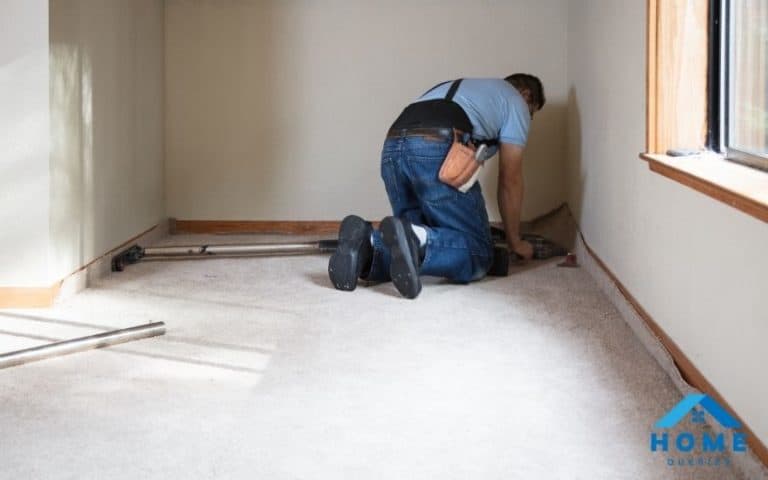
![Memory Foam Carpet Pad Vs Rebond? [Updated Comparison] 3 Memory Foam Carpet Pad Vs Rebond? [Updated Comparison]](https://homequeries.com/wp-content/uploads/2022/03/Memory-Foam-Carpet-Pad-Vs-Rebond-768x480.jpg)
